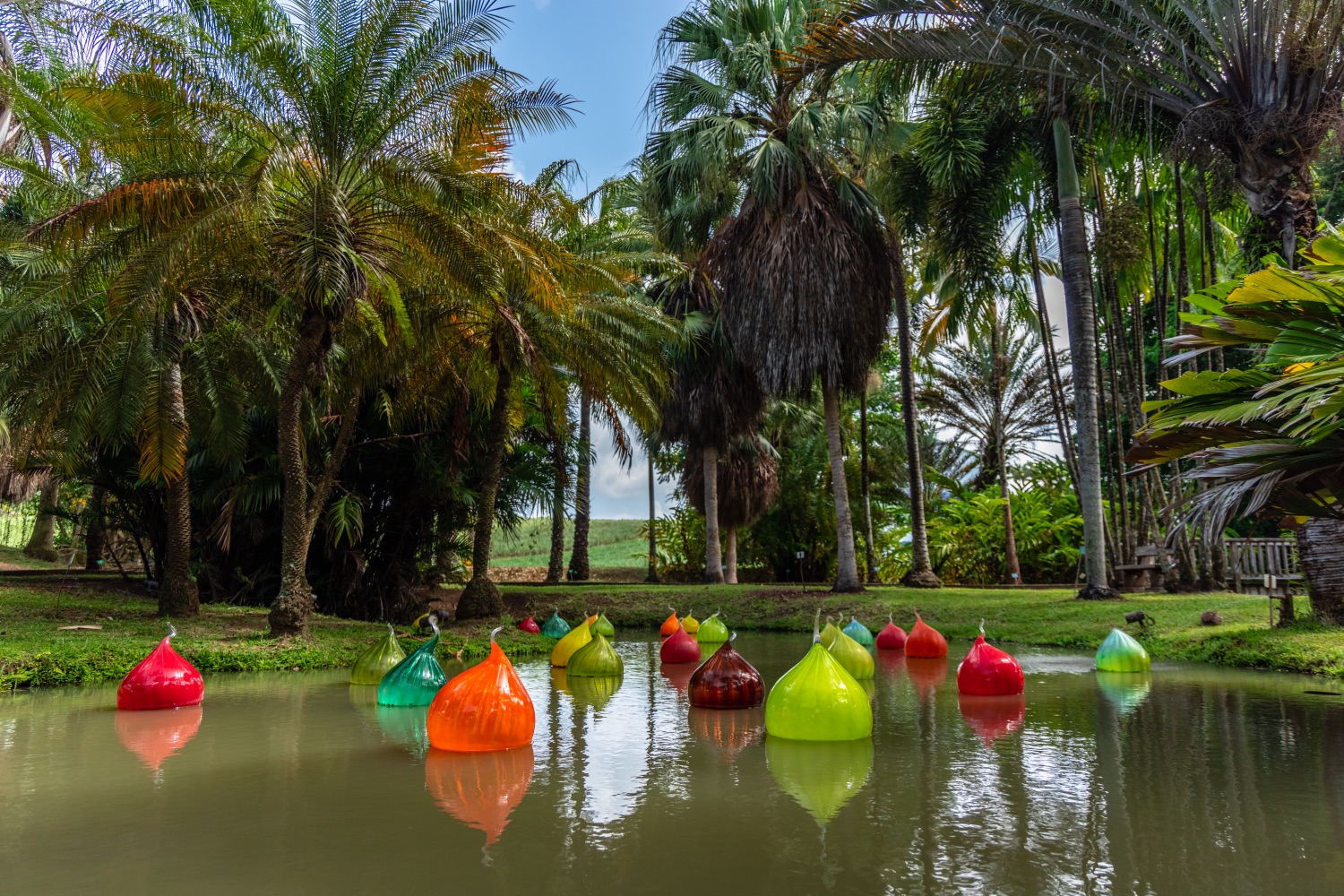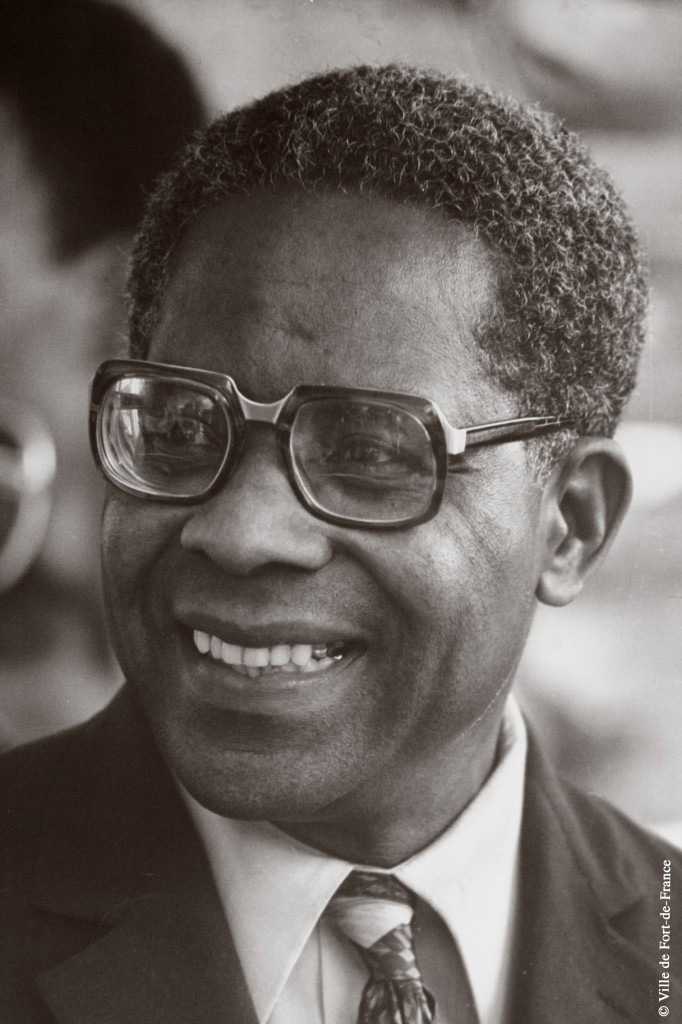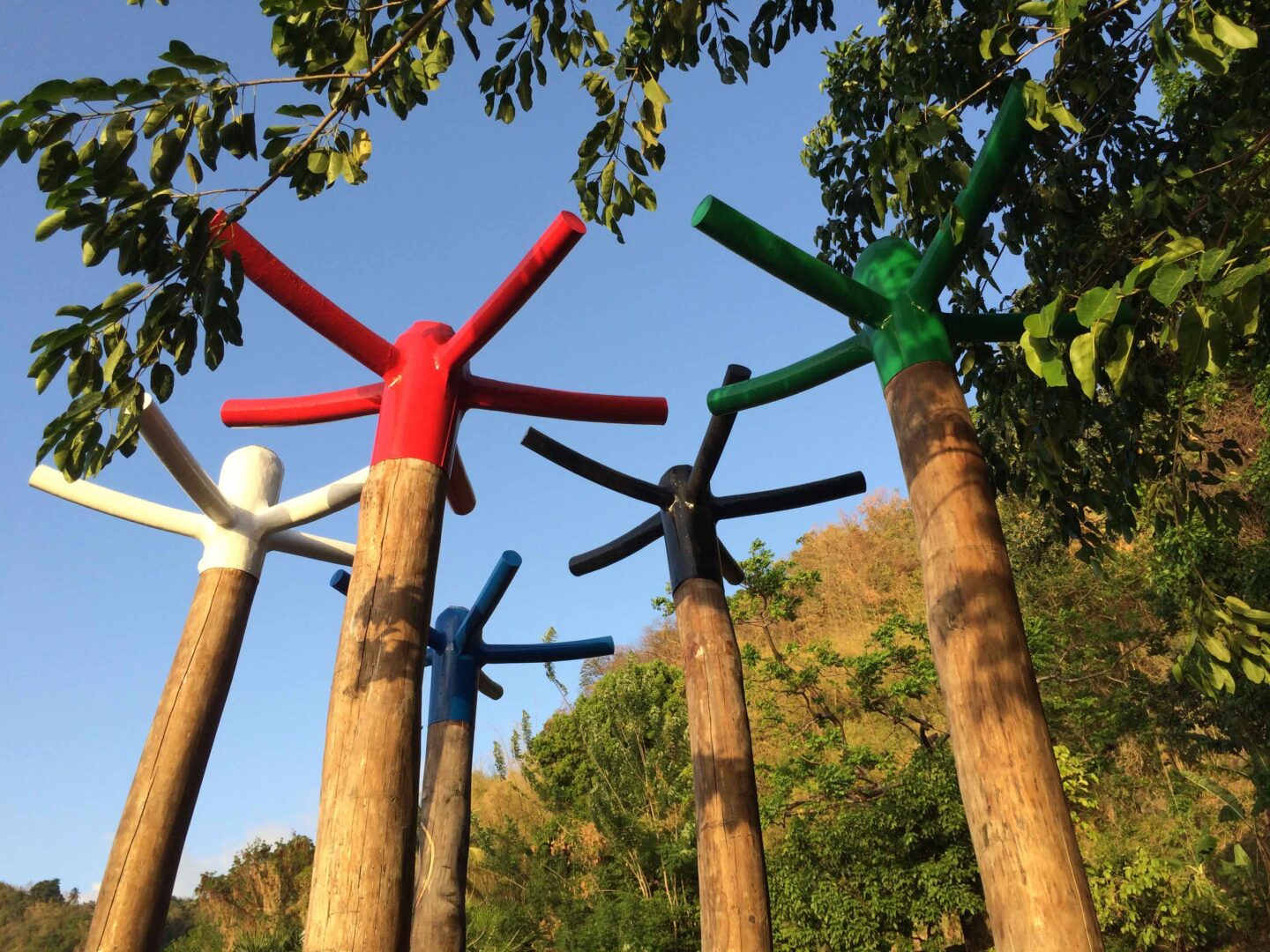Art is everywhere in Martinique, from the murals adorning the streets of Fort-de-France to the rhythms of traditional bèlè dancing to the pottery and textiles sold by craftspeople all over the island.
In the 1970s and ’80s, local artists explored their African heritage and developed a uniquely Caribbean aesthetic. A handful of expertly curated galleries now showcase works by Caribbean and international artists. One of these is Fondation Clément, an airy space exhibiting contemporary art on the grounds of a historic plantation and distillery in eastern Martinique.
Major Martinican writers such as Édouard Glissant, Joseph Zobel, and Patrick Chamoiseau have authored influential works about Caribbean history and identity, as did Aimé Césaire, the poet, playwright, and politician who co-founded Negritude, a literary movement that sought to affirm the cultural values of Black Africans. The Aimé Césaire Museum in the heart of Fort-de-France is dedicated to his life and work.
For decades, Martinique-born filmmaker Euzhan Palcy has been shining a spotlight on Black history and social justice issues with films such as Sugar Cane Alley (1983) and A Dry White Season (1989).
Martinique’s history also resonates in the island’s mix of European, African, and Caribbean musical genres, including chouval bwa, bèlè, biguine, and zouk.




